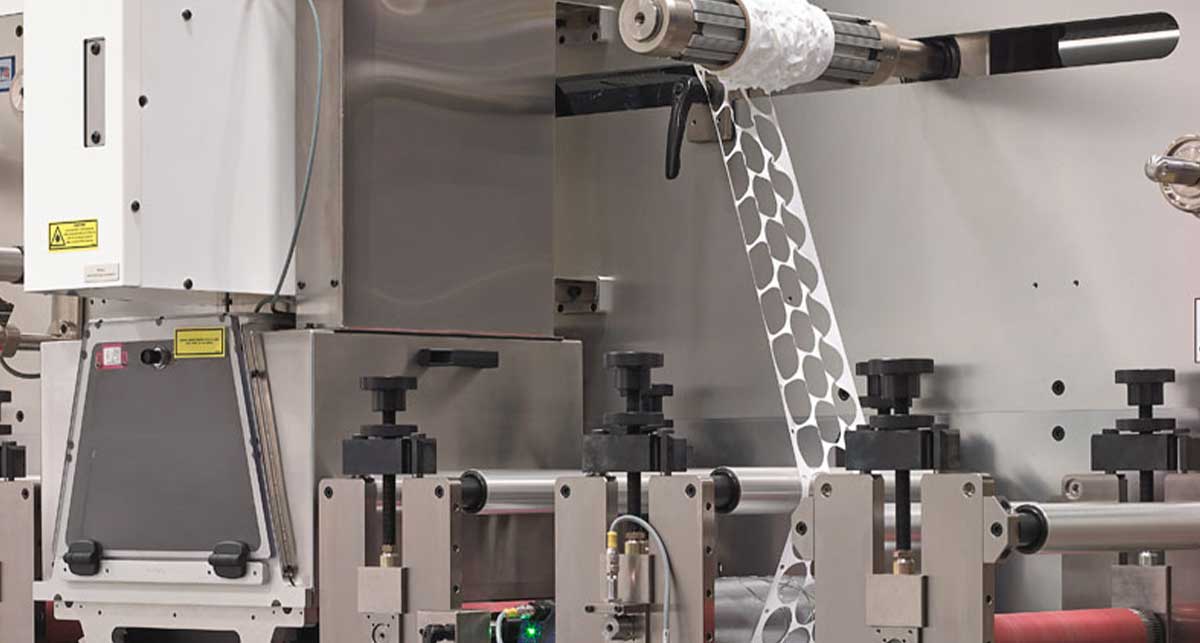We’ve all been subjected to the discomfort of pulling a bandage off because the adhesive was too strong. But then again, what if it was weaker? Would the bandage have just fallen off when it wasn’t supposed to?
The strength of your adhesive is always an important concern, and it becomes especially crucial when dealing with something as sophisticated as transdermal patches, which attach to a patient’s skin to deliver a steady drug dose.
One of Strouse’s goals is to help our customers find suitable materials for developing medical products. After all, if the adhesive fails, the entire patch fails.
Before we can help you select the right material, let’s first discuss factors affecting transdermal drug delivery and potential issues in their product design.
Why Use Transdermal Patches?
| Advantages of Transdermal Patches | Disadvantages of Transdermal Patches |
|---|---|
| Less invasive | Limited dosage |
| Reduces gastrointestinal side effects | Inconsistent absorption |
| Continuous drug release | There is a higher chance of improper application |
| Longer periods of absorption | Skin irritation or sensitization |
| May increase accessibility and patient compliance | Drug and medication limitations |
Factors Affecting Transdermal Absorption
The efficiency of transdermal drug delivery through adhesive patches can be determined by multiple factors, including but not limited to:
- Skin permeability
- Type of drug (penetration & particle size)
- Application site & area
- Duration of application
- Environment (temperature & humidity)
- Pre-existing conditions (contraindications)
5 Reasons the Wrong Adhesive Causes a Transdermal Patch to Fail
Transdermal patches might be one of the many exciting and rapidly growing advancements in healthcare, but their application can only go right if the elements come together correctly.
Failure is possible in multiple ways when using a transdermal patch. In addition to affecting the drug's performance, the wrong adhesive might create several problems that could disrupt the whole process. Here’s how transdermal patches can take a negative turn with the wrong adhesive.
1. IRRITATING THE SKIN WHILE ATTACHED
Some adhesives might make the transdermal patch constantly feel itchy and uncomfortable or cause a rash and other problems when removed.
In addition to harming the patient’s quality of life, a highly unpleasant solution might dissuade a patient from wanting to continue treatment.
2. DAMAGING THE SKIN UPON REMOVAL
If removing a transdermal patch causes pain (regardless of whether it’s comfortable to wear otherwise), this can cause additional medical problems for the patient. When patches physically damage the area of skin underneath, it becomes vulnerable to infection.
3. GETTING WATERLOGGED/NOT BEING WATERPROOF
Depending on how long a patch is supposed to stay on, waterproofing could be necessary. If a long-term patch gets waterlogged, the adhesive will fail and slip off, disrupting the medicine delivery.
4. FALLING OFF TOO EARLY
The first step is applying the patch, but many medical adhesives now include a long-term controlled release, which requires stronger stick-to-skin adhesives.
The transdermal patch’s adhesive must tolerate friction from clothing and other environmental elements from everyday life. If a person’s shirt causes the patch to peel off too soon, it will disrupt the flow of their medication, and the patch will fail to do its job.
5. BLOCKING THE DELIVERY OF THE MEDICINE
If you have the perfect adhesive in every other way, but it is too thick or thin to deliver the drug as required, it’s simply the wrong adhesive. Proper adhesives have no margin of error and must be precisely as thick or thin as needed for the given patch.
What Does a Transdermal Patch Need to Accomplish?
After highlighting the issues caused by faulty adhesives, you might wonder, What makes an adhesive successful on a transdermal patch?
Before it can be deemed successful, your medicated patch needs to be pain-free and accomplish the following critical points of its role.
✔️ Attaches and detaches as needed
The adhesive must be able to stick to a patient’s skin for just as long as needed—no more, no less. The backing liner also must peel off without removing the adhesive.
✔️ Releases the drug on schedule
When a patient pulls the backing off the adhesive to stick it to their arm, the medicine shouldn’t start releasing prematurely as it interacts with the air or anything other than the skin. This can be especially tricky in patches where the drug is blended directly with the adhesive.
✔️ Allows the drug to be released
On the other hand, the adhesive has to allow the drug to be released in the right dose on the correct schedule. It can’t be so thick as to block the drug from entering the patient’s bloodstream through their skin or so thin as to release too much at once.
Utilizing designs containing rate controlling membranes or specially designed drug-in adhesives can help maintain the seepage rate.
✔️ Fits comfortably on the skin
The chemical properties of the adhesive, drug, and environment must all interact correctly to ensure the skin isn’t hurt or irritated while attached or removed.
When those elements have been considered, and you’ve checked all the requirements, you’ll know your adhesive is ready.
What Makes an Effective Transdermal Patch?
An effective transdermal patch performs its intended release without damaging the skin. It is sized and shaped precisely, which helps ensure that the patient receives the treatment they need without sacrificing their comfort. The patch's adhesive component complements the other parts so that it functions as intended.
Of course, how can you know that the patch functions successfully until you’ve tested it in the intended context?
If you’re at the point where you’ve developed a transdermal solution, it might be time to reach out to a flexible material converter. We can help test your solution against your design criteria to ensure the product performs as intended.
As the need for medicated adhesive patches grows, converters like Strouse continue advancing their capabilities to craft complex transdermal patches.
Reach out to us if you’re interested in pursuing a current project, or you can also find more information about adhesive skin patches in our Learning Center.
Originally published: January 18, 2022







